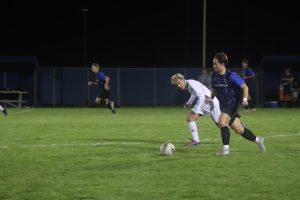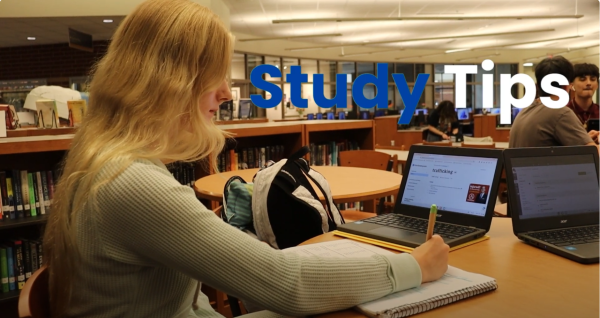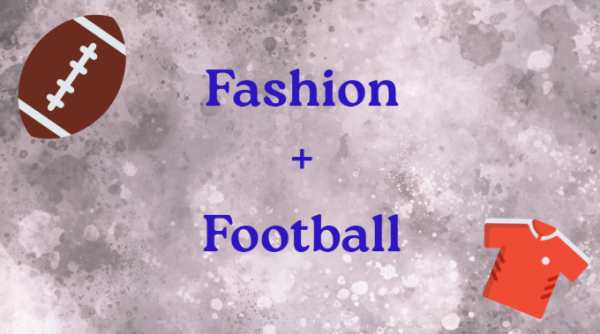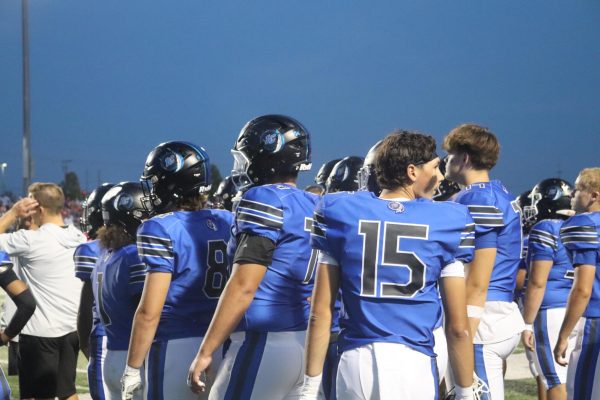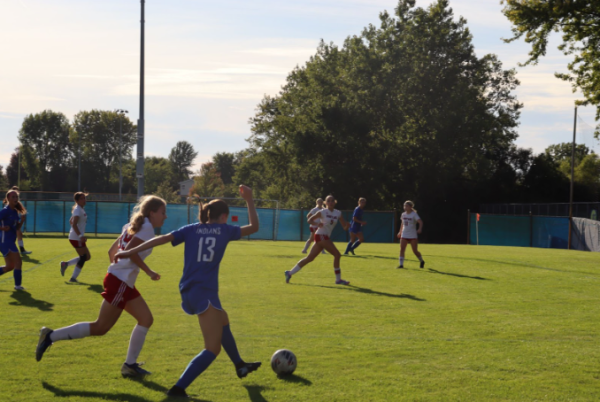Relative history
May 16, 2014
I believe it was in fourth grade that I began learning American history. Every year since then, I’ve been told the same thing- Columbus’s exploration, the pilgrimage on the Mayflower, the Revolution, Civil War, Gilded Age, Industrial Revolution, Depression, the World Wars, Cold War and so on. And I need to be told again. I would forget it if I was only told once.
But the side the tale is taken from determines the connotations of the story, and those events have always been told from the same view–America’s view. Revealing differing sides would both increase interest of history and broaden the mind of the student. After all, one side isn’t always correct. It takes multiple views to verify. America’s view on the bombing of Hiroshima and Nagasaki will differ from Japan’s view. World War II appears different to Germany or Italy than to England. Despite attempts to keep history unbiased, it is almost inevitable that history is told by the winner, and the winner tells it from their perspective.
By what I have been told, one of the school’s purposes is to broaden students’ perspectives on life, to show them alternative possibilities, to teach them to think for themselves. Rather than telling the same stories from the same view, perhaps gathering information from different witnesses would further expand the student’s mind. A tyrant in America could be a hero in Vietnam.




